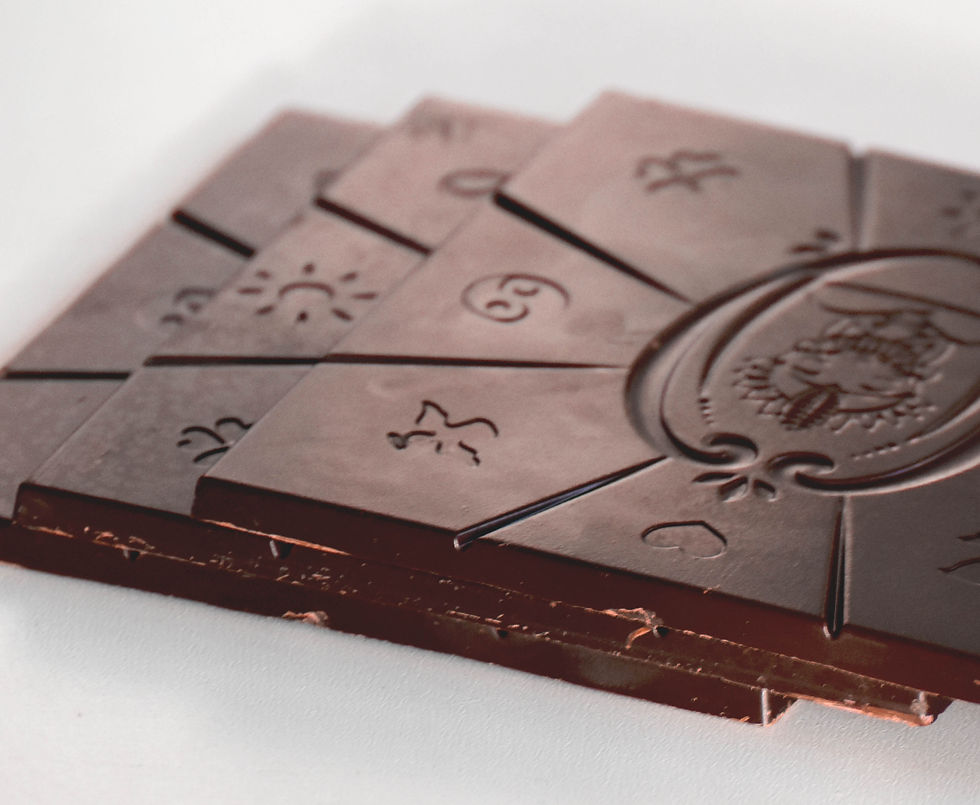Matcha: how well do you know it?
- ritalebreiro
- Jan 13, 2023
- 2 min read
Updated: May 11, 2023
Post elaborated by the nutritionist Ana Rita Lebreiro from @nutripontocome

Surely the first association you make when you hear about Matcha is with the Japanese tea ritual, and it is natural that you do, because its use originated in Buddhist temples, where monks used it in religious ceremonies in order to provide clarity and cleansing of spirit.
Matcha is green tea powder that is made from the youngest leaves of the Camellia Sinensis plant, which are covered to block the passage of sunlight a week before harvesting to slow down growth. This causes the leaves to increase their production of chlorophyll, amino acids (especially L-theanine), and antioxidants such as catechins. The young green leaves are then harvested, steamed, dried, and reduced to a powder, with that characteristic intense green color.
Matcha is one of the richest sources of flavonoids, especially rutin, in an amount greater than that found in buckwheat, which is considered one of the best sources of rutin. This compound has antioxidant, anti-inflammatory properties and helps the immune system function. Vitamin C, which can also be found in matcha tea, acts in synergy with rutin, protecting against oxidative stress and helping the integrity and proper functioning of the circulatory system.
We also find in matcha tea other polyphenolic compounds such as catechins, which have a strong antioxidant action due to their ability to neutralize free radicals and increase the activity of enzymes with detoxifying action, such as glutathione peroxidase and glutathione reductase. Of all the catechins present in matcha, the presence of epigallocatechin gallate (EGCG), which has anti-tumor properties, stands out.
Compared to other green teas, matcha has the highest antioxidant power.
For all the above, regular consumption of matcha is associated with several benefits such as improved concentration, well-being, cognitive function, stress reduction and increased energy. It also has benefits in the prevention of cardiovascular diseases, in the development of various types of cancer, in improving the immune system, and in the quality of the skin.
If you are not yet a fan of Matcha we advise you to try our MATCHA granola and some recipe suggestions that can inspire you to start: matcha muffins with raspberry and matcha crepes.
Sources:
Jakubczyk, Karolina et al. Antioxidante Properties and Nutritional Composition of Matcha Green Tea. Foods. 2020 Apr; 9(4): 483.
Matsumoto K et al. Effects of green tea catechins and theanine on preventing influenza infection among healthcare workers: a randomized controlled trial. BMC Complement Altern Med. 2011 Feb 21;11:15.
Z M Wang, B Zho. Black and green tea consumption and the risk of coronary artery disease: a meta-analysis. Am J Clin Nutr. 2011 Mar;93(3): 506-15.
Matsumoto K et al. Effects of green tea catechins and theanine on preventing influenza infection among healthcare workers: a randomized controlled trial. BMC Complement Altern Med. 2011 Feb 21;11:15.
Heinrich U et al. Green tea polyphenols provide photoprotection, increase microcirculation, and modulate skin properties of women. J Nutr. 2011 Jun;141(6):1202-8.








Comments